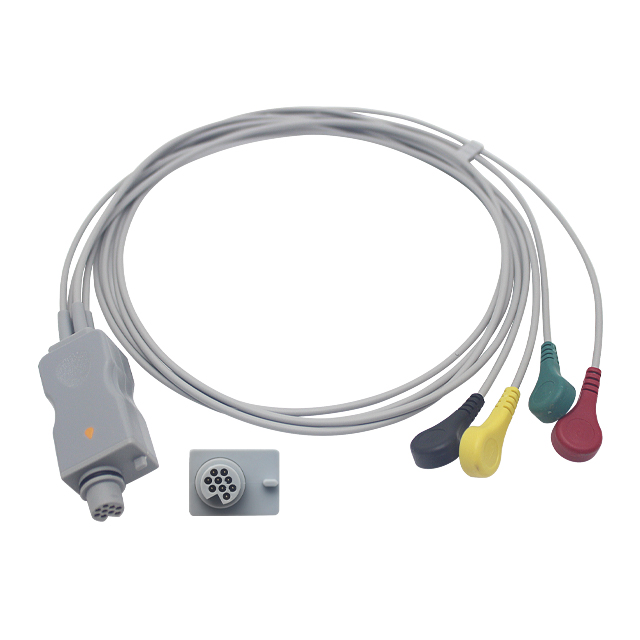The ECG (electrocardiogram) is a noninvasive medical test that measures the electrical activity of the heart over some time using electrodes placed on the skin. This test is crucial for diagnosing various heart conditions, such as arrhythmias, heart attacks, and heart failure. ECGs are used extensively in hospitals, clinics, and medical facilities around the world.

ECG cables and lead wires are important components of the ECG system. They connect the patient to the ECG machine and transmitting heart signals accurately. To maintain their effectiveness and extends the lifespan of the equipment, it's essential to regularly clean these components.
We provides a step-by-step guide to clean ECG Cables & Leadwires that includes the following points:
Please NOTE
Any contact of disinfectant solutions with metal parts may cause corrosion.
Regular cleaning and maintenance are essential for ensuring the accuracy and longevity of ECG cables and lead wires. Recognizing this need, Medke provides a diverse range of ECG cables and lead wires compatible with various brands. Medke’s products are designed for durability and reliable performance, making them an excellent choice for healthcare facilities looking to enhance the efficacy of their ECG systems. Each product meets stringent quality standards, ensuring that they maintain top performance even with frequent cleaning and use.
Interested in upgrading your equipment? Contact us via info@medke.com now to explore our products and find the best solutions for your needs.